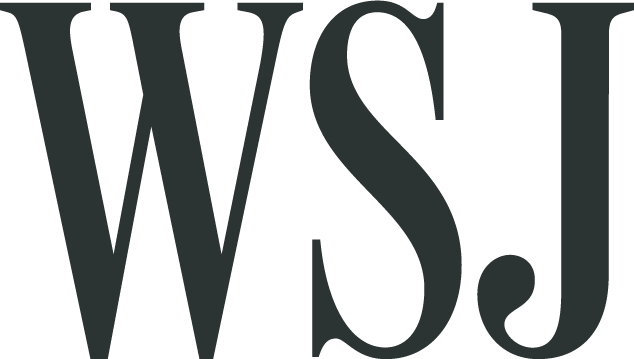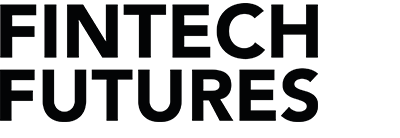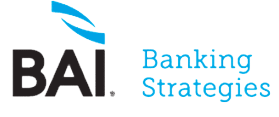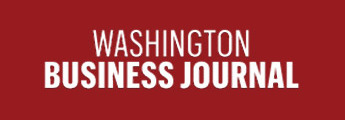PPP had its strengths. Its successor can be stronger.
For all its administrative and operational burdens, Congress should be commended for creating the Paycheck Protection Program.
In early March, there were many proposals advocating for lending programs with a government backstop. At a time when revenue evaporated for a small-business owners, they did not need a loan; they needed help staying afloat.
The PPP may have been overly prescriptive on allowable use of proceeds, but it offered millions of business owners the lifeline they desperately needed in the form of a forgivable loan, not another fixed obligation. On that front, Congress had the right idea.
The next phase of the PPP appears headed toward a construct that will further limit those that will benefit — a clear signal that the small business bailout is not a bottomless pit. The time is soon approaching when the banking community and nonbank lenders will need to restart the engines of lending to small businesses in earnest.
A large swath of the nonbank lending community has been seriously injured by this unprecedented pandemic, placing the banking community in an even more critical role to meet the liquidity and capital needs of small businesses that have survived.
But the broad-based economic impact of the pandemic has, at minimum, impaired the ability of banks and nonbank lenders to apply legacy underwriting models to the small business market. Without further government support, banks and nonbank lenders will likely require a prolonged period to return gradually to “normal” lending levels.
There is a natural inclination to lean heavily on the Small Business Administration, as was done in the PPP. There is no doubt that the SBA will play a more pronounced role going forward, especially if guarantee rates are increased.
However, the sheer enormity of the future need for capital calls for a broader approach to serve a market that need not continue to rely on upsizing the SBA 7(a) program, nor imposing the administrative burdens of that program on borrowers and lenders. More so, most SBA-sponsored programs are term loan products.
Time and again, however, small businesses indicate that cash flow imbalances are the leading challenge they face. A sensible and impactful program should offer small businesses with revolving lines of credit to support it through a long-term recovery.
Fortunately, over the last several years, the banking system has been modernizing its credit delivery platforms for conventional credit products. As a result of innovation in the small-business lending space, the lending infrastructure is now in place for small businesses to easily access conventional credit products through bank websites, branches, bankers, and online and mobile banking portals.
This is generally not true (at the same scale) of SBA and other non-conventional products. The systems, technology, processes and capital are available through bank and nonbank lenders to have an immediate and enormous impact on providing liquidity and capital to the small business market. This goes over and above the PPP, simply by leveraging the conventional credit programs that already exist.
Banks and nonbanks need a risk-sharing arrangement in place with the U.S. government that aligns economic interests of all involved.
Over the last few months, there has been a push for a framework program that would do just that with key policymakers in Washington, targeted at Main Street small businesses. Despite its name, the Main Street Lending Facility has a minimum loan size of $250,000.
According to the Federal Reserve’s latest survey on small business finances, 81% of small businesses hold debt of $250,000 or less, and 68% have debt of $100,000 or less. This program is not tailored to small businesses.
The other proposed framework is simple. Use conventional bank lending programs, cap loans and lines at $250,000, and target businesses owned by individuals (not by other companies).
Banks would pay a monthly guarantee fee to the Federal Reserve based on the outstanding balance of credit lines and loans in exchange for a limited guarantee. Banks could offer committed lines of credit that are renewed each year with notice to the customer and a guarantee level that declines over time, eventually to zero.
Small businesses get great products that are easy to access immediately, banks get downside protection, and taxpayers get alignment of interests with the private market through motivating banks to make prudent lending decisions.
While the next stimulus bill will likely extend PPP, more can be done to support the small-business community. Fortunately, the pieces are in place to provide capital to this vital segment of the economy immediately, and at scale, through a program that aligns the economic interests of all stakeholders involved.
More News
Visa boasts of fintech Fast Track success
May 14, 2020
New York City Credit Program Aims to Help Female Entrepreneurs
November 14, 2019
Import/Export SMBs Introduced to Fintech Lending Options
August 7, 2019
Online Loans You Can Take To The Bank
April 23, 2019
Case study: Citizens Bank – fintech friendly
February 19, 2019
2018 Best of FinXTech Awards Finalists Announced
March 29, 2018
Citizens Digitizes SMB Lending Process With Fundation
November 6, 2017
Park Bank Announces Expansion of Small Business Lending Efforts
November 2, 2017
Defining, Adopting and Executing on Fintech
September 5, 2017
Fundation CEO Talks Partnership Strategy
August 4, 2017
Fundation works with, not in place of, banks
April 3, 2017
Fundation Secures Credit Facility from MidCap Financial
March 21, 2017
Where the money is: A small business lending gap
March 3, 2017
Q&A Break with Sam Graziano, CEO of Fundation
January 18, 2017
Fintech Ideas Festival Rapid Fire Emerging Tech Panel
January 17, 2017
Citizens Bank Next To Take The Leap With Alt-Lender
December 21, 2016
Regions Eyes Small Business Loans in Latest Tech Deal
September 22, 2016
Is The Future Of Alt-Lending Playing Well With Others?
August 30, 2016
Best Alternative Small Business Loans 2016
May 27, 2016
Frenemies In the Marketplace
April 29, 2016
Bigger Bang In Small Biz
April 1, 2016
How To Get A Small Business Loan (Webinar)
March 29, 2016
Fundation Expands Small Business Lending
March 4, 2016
Top 25 Financial Blogs for Small Businesses – 2016
February 22, 2016
CEO Sam Graziano on MSNBC’s Your Business
February 18, 2016
Bank Branches Are Still Good for at Least One Thing
February 17, 2016
Fundation Named Finalist In 2016 Stevie® Awards
February 12, 2016
A “Meaningful” Platform-Bank Partnership?
January 6, 2016
Late on a Loan Payment? How To Do Damage Control
October 21, 2015
Regions Inks Unique Deal to Tap Booming Fintech Industry
October 13, 2015
Best Alternative Small Business Loans – 2015
October 6, 2015
Fintech strikes again; Regions partners with start-up
October 5, 2015
Investing in Alternative Lending?
May 1, 2015















